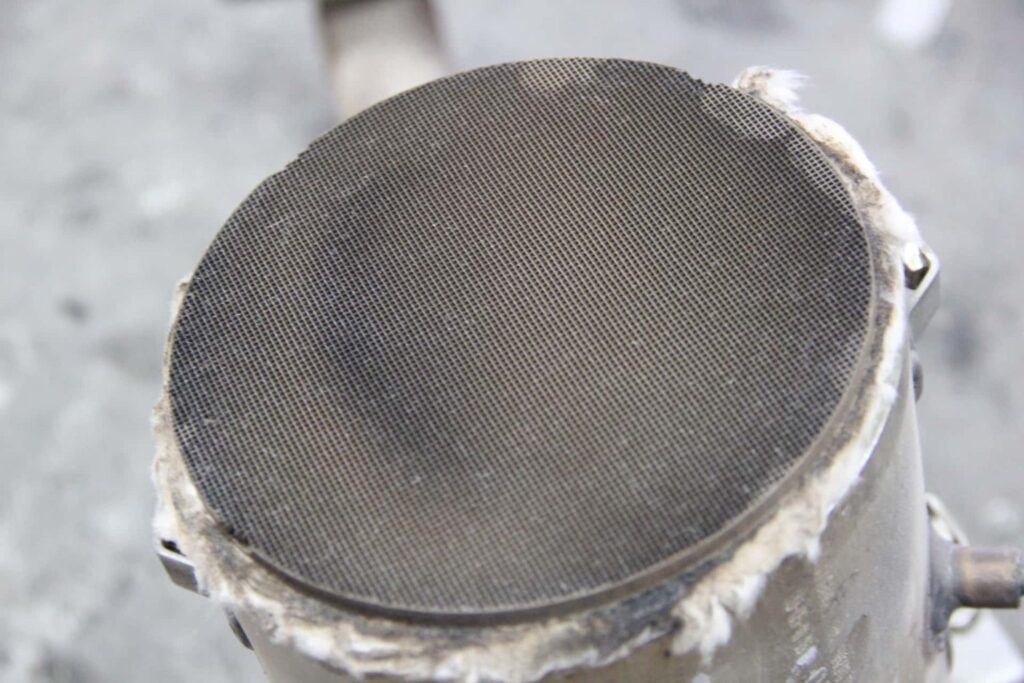If you drive a diesel vehicle, chances are you’ve heard about the DPF or Diesel Particulate Filter. This vital component plays a major role in reducing harmful emissions and keeping your engine running clean. But what happens when the DPF gets blocked? And how can you clean it properly? In this guide, we’ll dive deep into everything you need to know about a Blocked DPF and the best ways to clean it, ensuring your diesel vehicle stays healthy and efficient.
What is a DPF (Diesel Particulate Filter)?
A Diesel Particulate Filter (DPF) is a device installed in diesel vehicles to capture and trap soot and particulate matter produced by the engine. Think of it as a super-fine sieve that stops tiny black particles from escaping through the exhaust and polluting the environment. Without the DPF, diesel engines would emit much more harmful smoke, negatively affecting air quality and public health.
Why is the DPF Important?
The DPF isn’t just some fancy gadget; it’s a crucial part of meeting emission standards worldwide. Governments have tightened regulations over the years, forcing manufacturers to equip diesel engines with DPFs to reduce particulate emissions drastically. Besides environmental benefits, a clean and functioning DPF improves engine performance, fuel efficiency, and prolongs the life of your vehicle. Ignoring your DPF is like ignoring a clogged artery in your car—it will only lead to bigger problems.
What Causes a Blocked DPF?
Like any filter, a DPF can become clogged or blocked over time, but certain factors accelerate this process:
Short Trips and Low-Speed Driving
Many drivers don’t realize that short trips where the engine doesn’t get hot enough can cause soot to build up in the DPF. The filter relies on high exhaust temperatures to burn off soot in a process called regeneration. Without proper regeneration, soot accumulates, blocking the filter.
Poor Quality Fuel and Oil
Using low-quality diesel fuel or the wrong type of engine oil can produce more soot and ash, leading to faster DPF clogging. These impurities are harder to burn off during regeneration, making the filter block more quickly.
Engine Problems and Faulty Sensors
Sometimes the cause isn’t driving style or fuel but mechanical issues. Problems like malfunctioning EGR valves, turbocharger faults, or faulty sensors can cause excessive soot production or prevent regeneration, resulting in a blocked DPF.
Symptoms of a Blocked DPF
How can you tell if your DPF is blocked? Recognizing the signs early can save you from costly repairs. Here are the most common symptoms:
Warning Lights on the Dashboard
Modern vehicles are equipped with sensors that monitor the DPF’s condition. When the filter gets blocked, the dashboard will display a warning light, often shaped like an engine or labeled “DPF.” Ignoring these warnings can cause serious damage.
Loss of Engine Power and Increased Fuel Consumption
A blocked DPF restricts exhaust flow, making your engine work harder. This results in sluggish acceleration, reduced power, and higher fuel consumption—clear signs something is wrong.
Excessive Smoke from the Exhaust
When the DPF can’t trap soot effectively, you might notice thick black smoke pouring from the exhaust, especially during acceleration. This is a red flag indicating the filter needs attention.
What is DPF Cleaning?
DPF Clean is the process of removing accumulated soot and ash to restore the filter’s efficiency. There are different types of regeneration or cleaning methods your vehicle might perform:
Passive Regeneration
This happens naturally when the vehicle is driven at high speeds (like on highways), where the exhaust temperature becomes hot enough (around 600°C) to burn off the soot automatically. If you mostly do city driving, passive regeneration is less likely to happen.
Active Regeneration
When sensors detect excessive soot buildup, the engine management system actively raises exhaust temperatures to burn off soot, often by injecting extra fuel. This process can take 10-20 minutes and is usually automatic.
Forced Regeneration
If soot levels get dangerously high, the vehicle might require a forced regeneration at a workshop. This involves using specialized diagnostic equipment to raise temperatures and clean the DPF safely.
How to Clean a Blocked DPF
Cleaning a blocked DPF can be done in a few ways, depending on severity:
DIY Cleaning Methods
Some owners try simple solutions like driving at highway speeds for 20-30 minutes to encourage passive regeneration. This allows the DPF to burn off accumulated soot naturally. It works best when the clogging is minor and the vehicle has been mainly used for city driving.
Chemical DPF Cleaners
There are chemical additives available that can be poured into the fuel tank. These additives help lower the combustion temperature of soot, aiding the DPF to regenerate more efficiently. While useful, these are often a temporary fix and won’t clear heavy blockages.
Professional DPF Cleaning Services
For heavily blocked filters, professional cleaning is often required. Workshops use specialized machines that blow air or liquids through the DPF to remove ash and soot buildup thoroughly. This method is effective and can restore the DPF’s functionality without replacement.
DPF Replacement
If cleaning fails or the DPF is damaged, replacement may be necessary. Though costly, it’s a guaranteed way to fix a blocked DPF problem permanently.
How to Prevent DPF Blockage
Prevention is better than cure. Here are tips to keep your DPF healthy:
Drive Regularly at Higher Speeds
Longer drives at consistent speeds help the DPF reach the necessary temperature to self-clean.
Use Quality Fuel and Oil
Using manufacturer-recommended fuel and engine oil reduces soot and ash production.
Schedule Regular Maintenance
Regularly servicing your diesel engine ensures components like EGR valves and sensors are working correctly.
Monitor Dashboard Warnings
Don’t ignore DPF warning lights. Early intervention saves money and hassle.
The Cost of Ignoring a Blocked DPF
Ignoring a blocked DPF can cause expensive consequences:
- Engine damage from excessive back pressure
- Increased fuel consumption and pollution
- Potentially expensive forced regeneration or replacement
- Vehicle breakdowns and inconvenience
Conclusion
A blocked DPF can turn your diesel vehicle into a sluggish, polluting nightmare if left unchecked. Understanding what a DPF is, how it gets blocked, the signs to watch for, and the best cleaning methods can save you time and money. Regular maintenance and smart driving habits are the keys to a healthy DPF and a happy diesel engine. Remember, your vehicle’s health directly impacts your wallet and the environment, so keep that DPF clean and clear!









